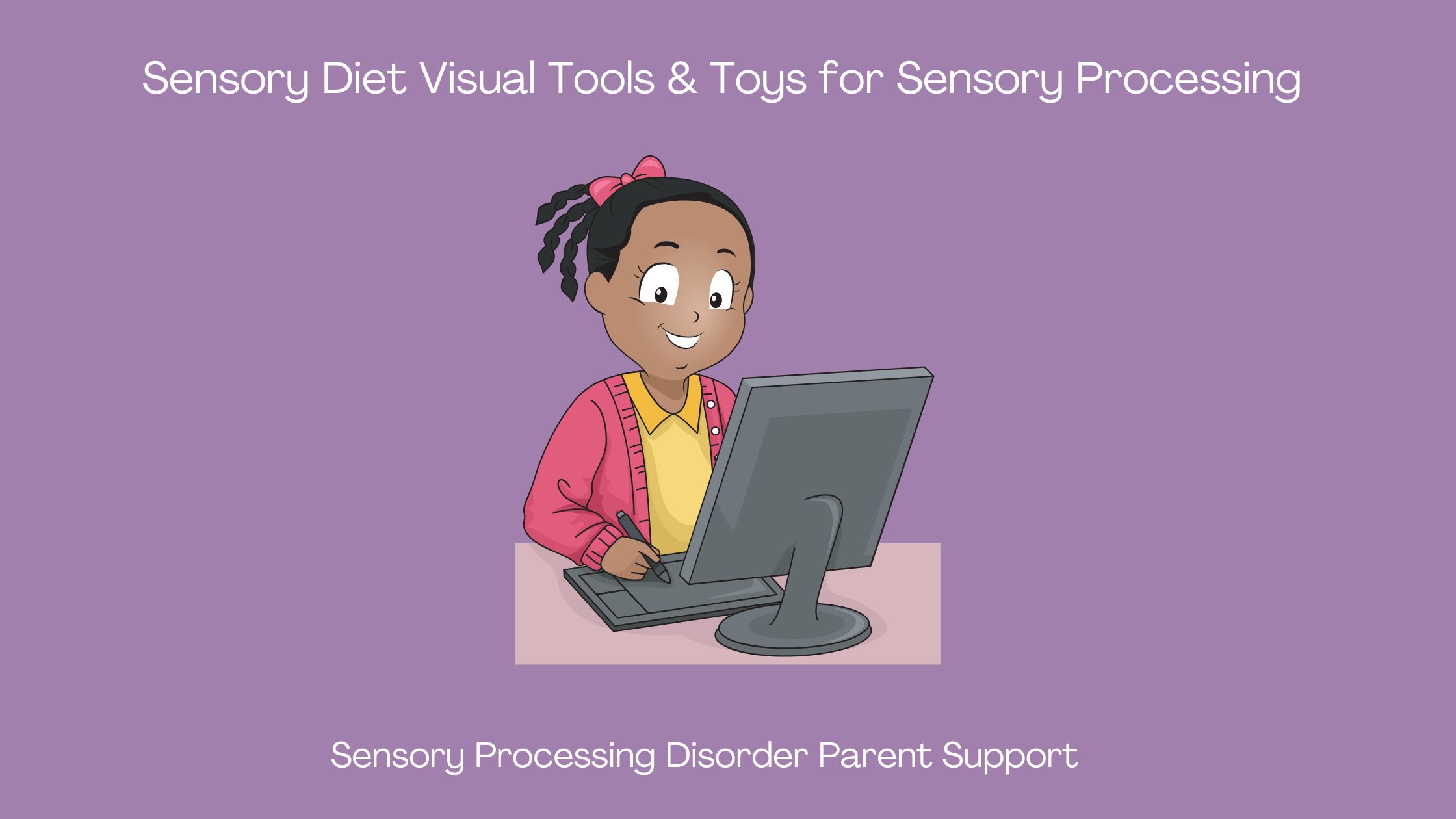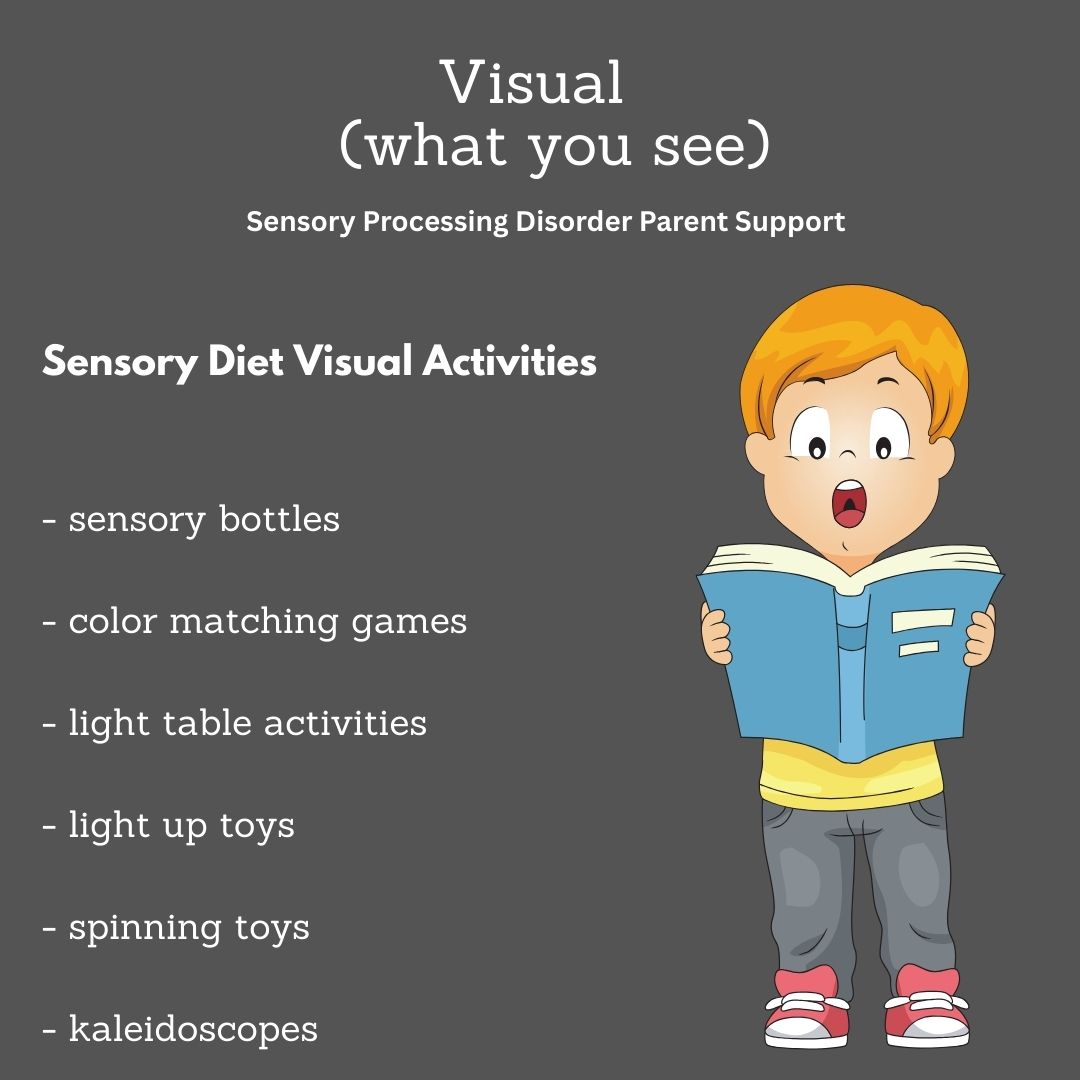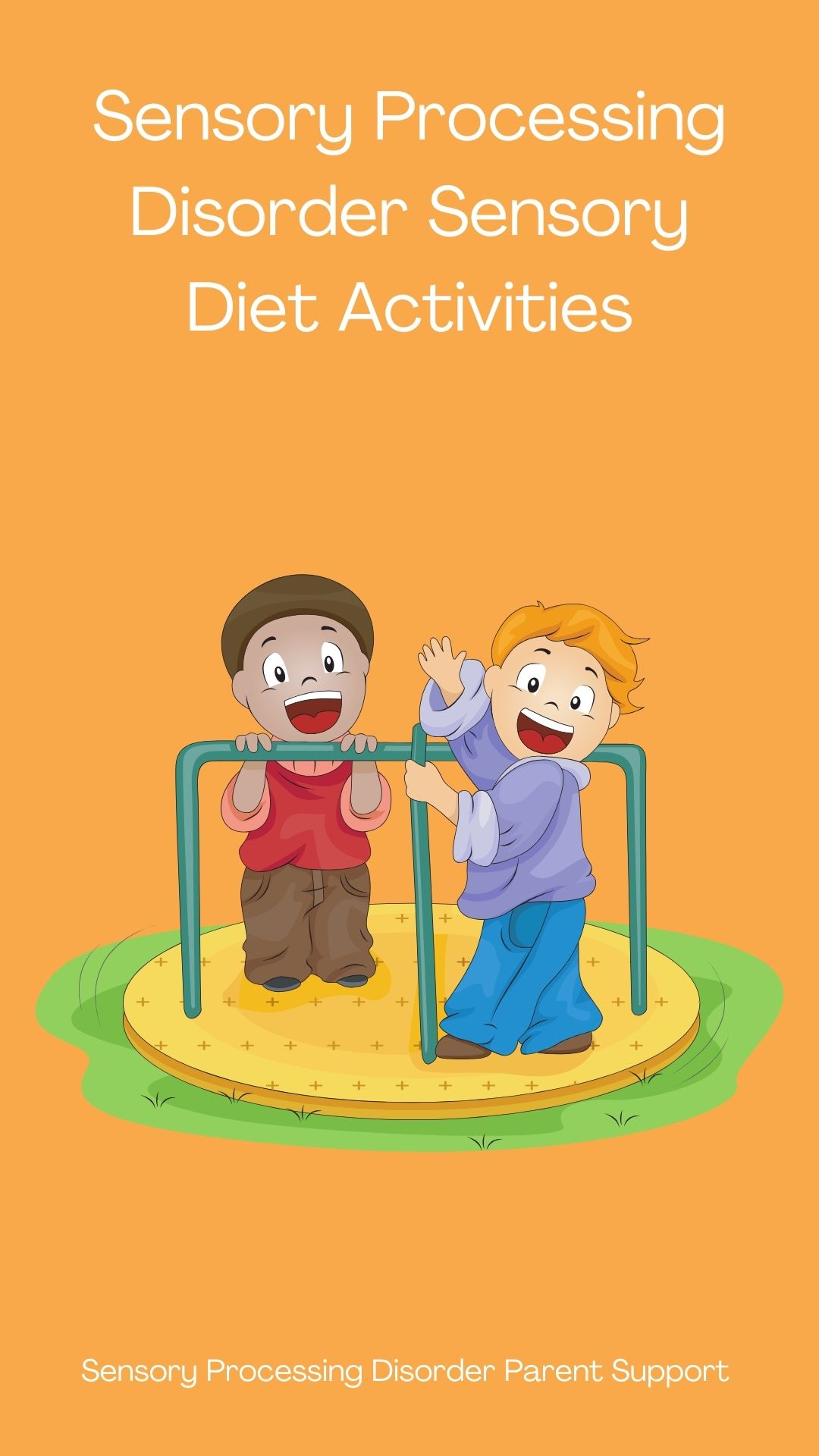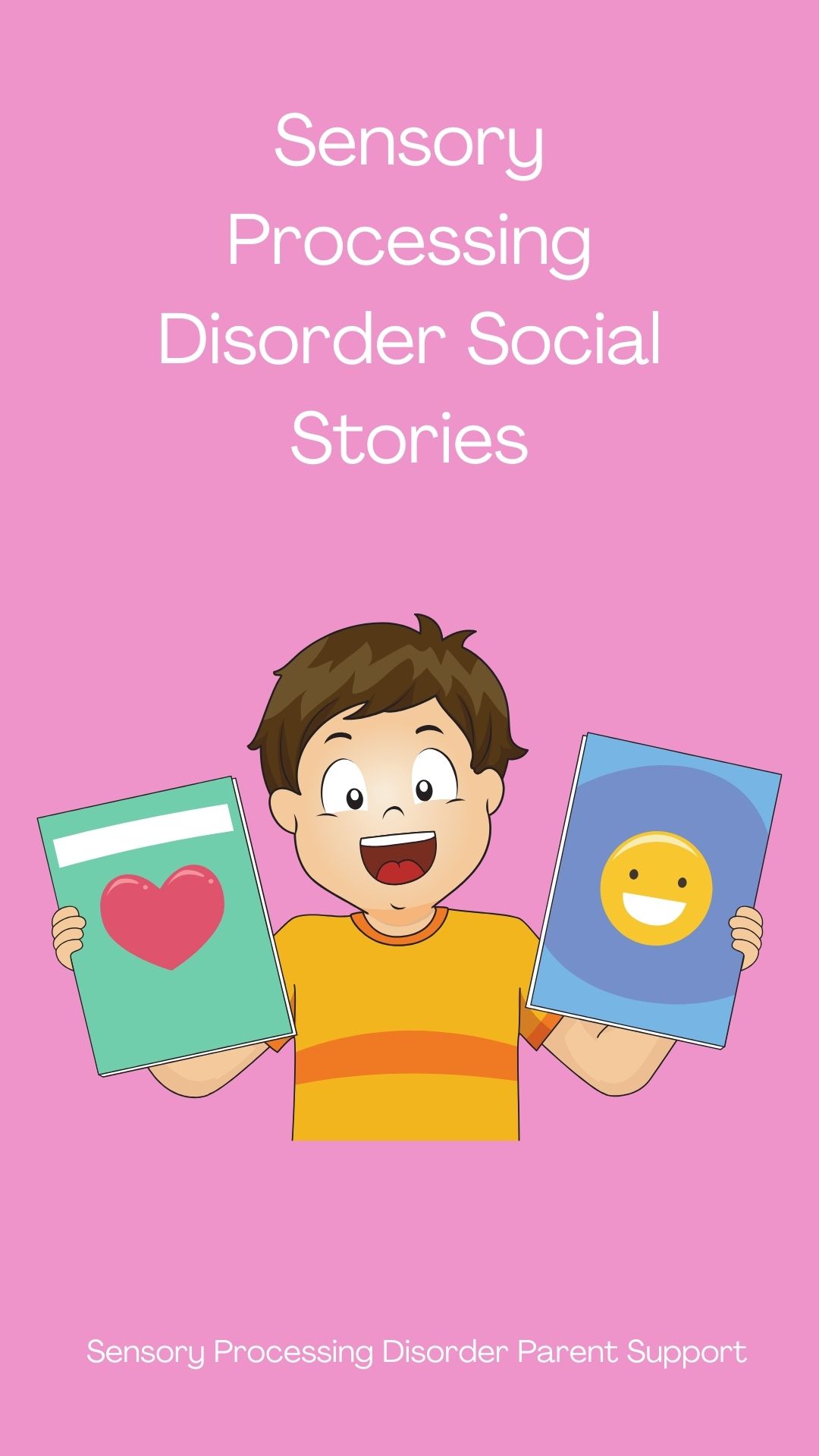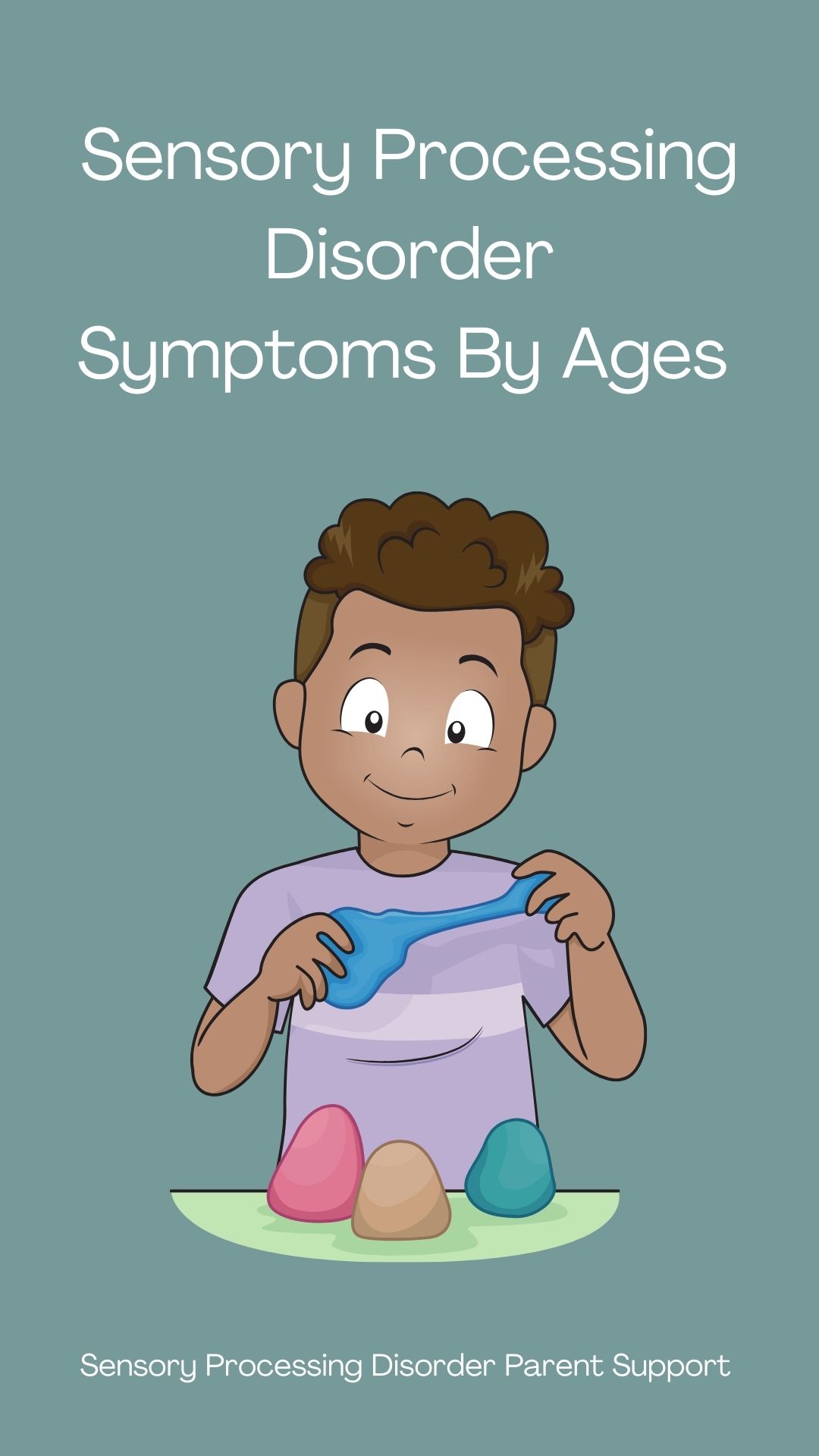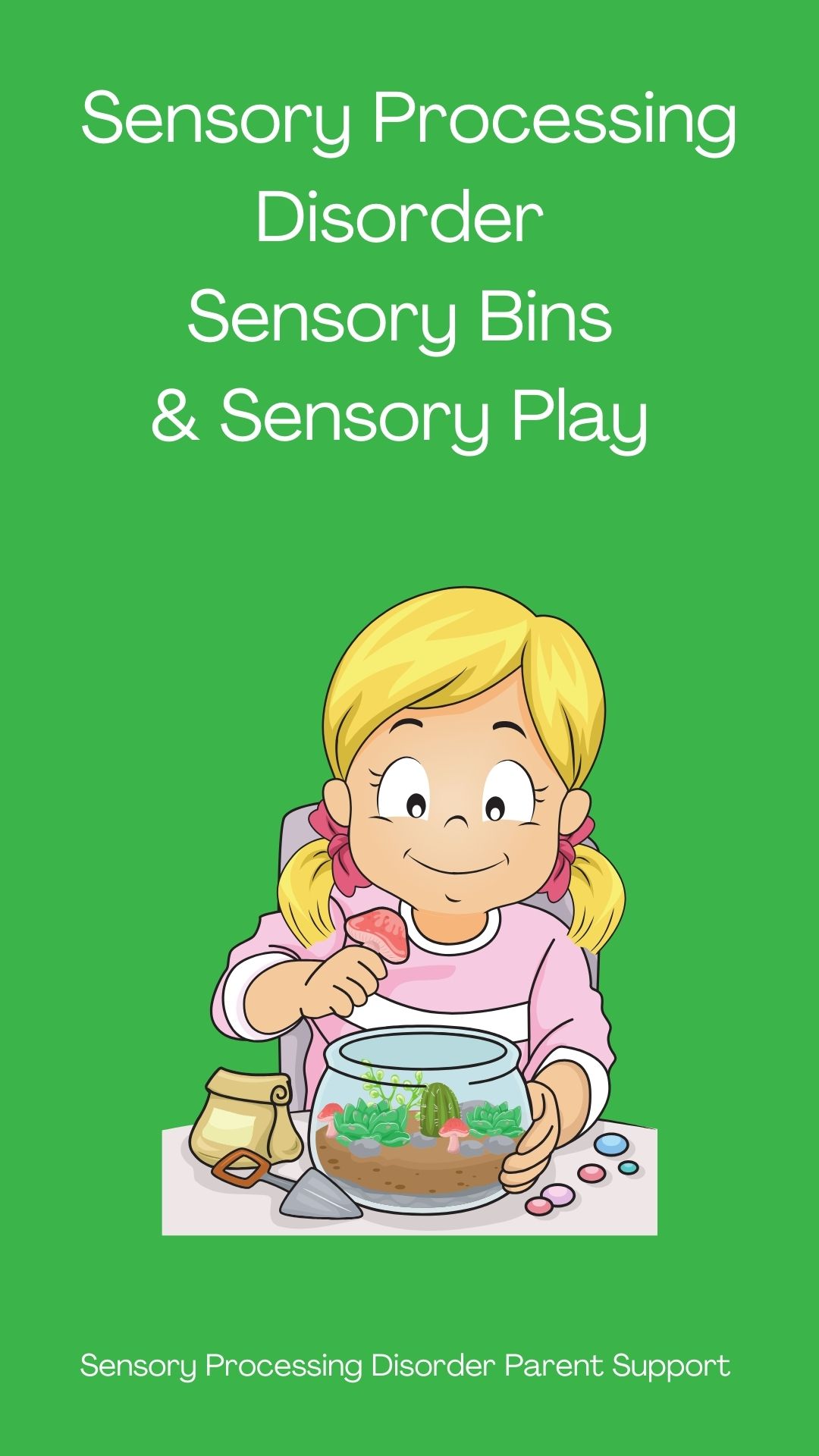
Sensory Processing Disorder Parent Support
Sensory Diet Visual Tools & Toys for Sensory Processing
Children with sensory differences ... painting the world beautiful.
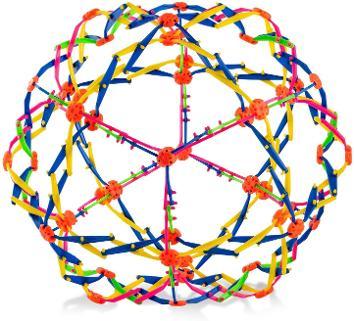
Amazon
Expandable Breathing Sphere Ball
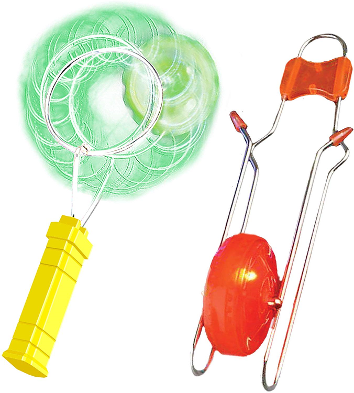
Amazon
Retro Gyro Wheel & Rail Twister
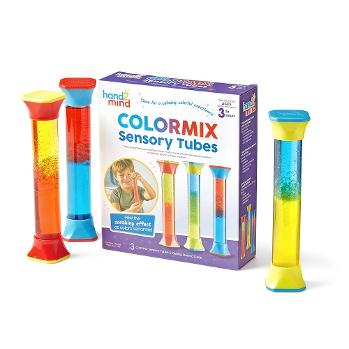
Amazon
ColorMix Sensory Tubes
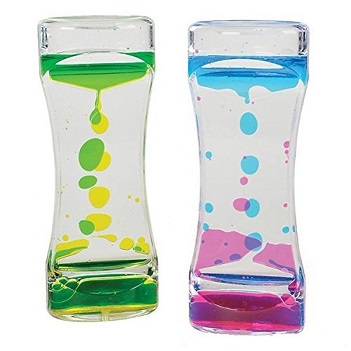
Amazon
Liquid Sensory Motion Bubble Timer Toy
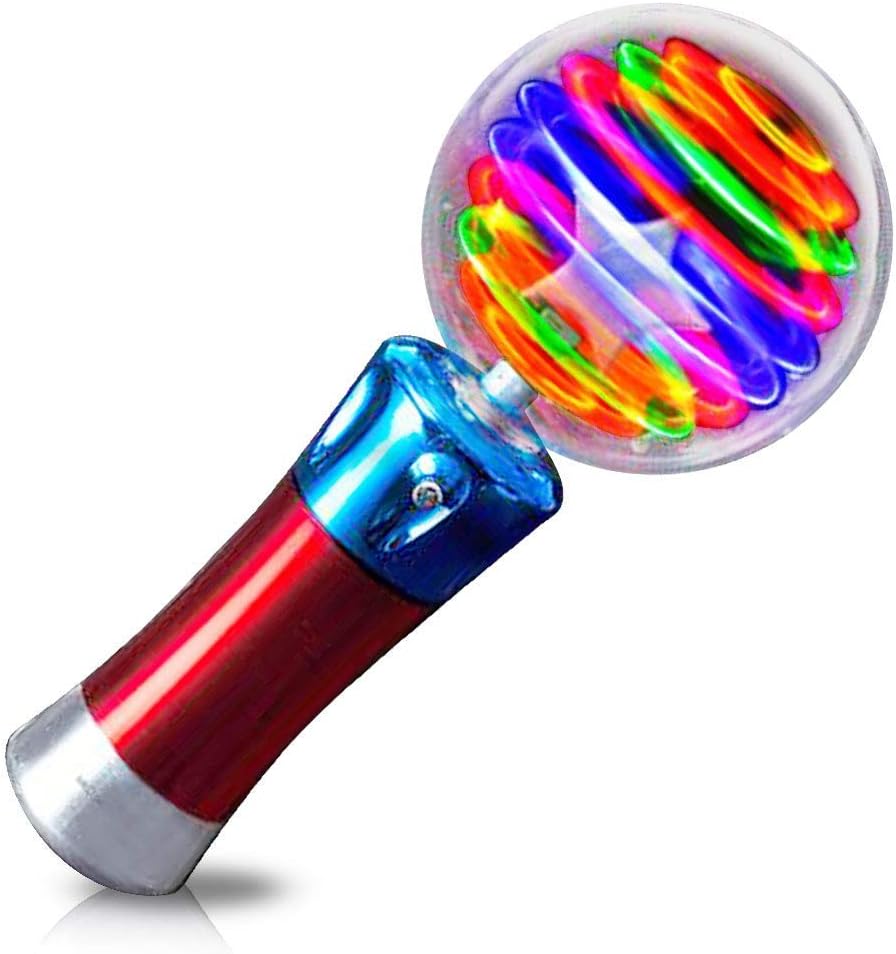
Amazon
Light Up Wand for Kids Flashing LED Wand
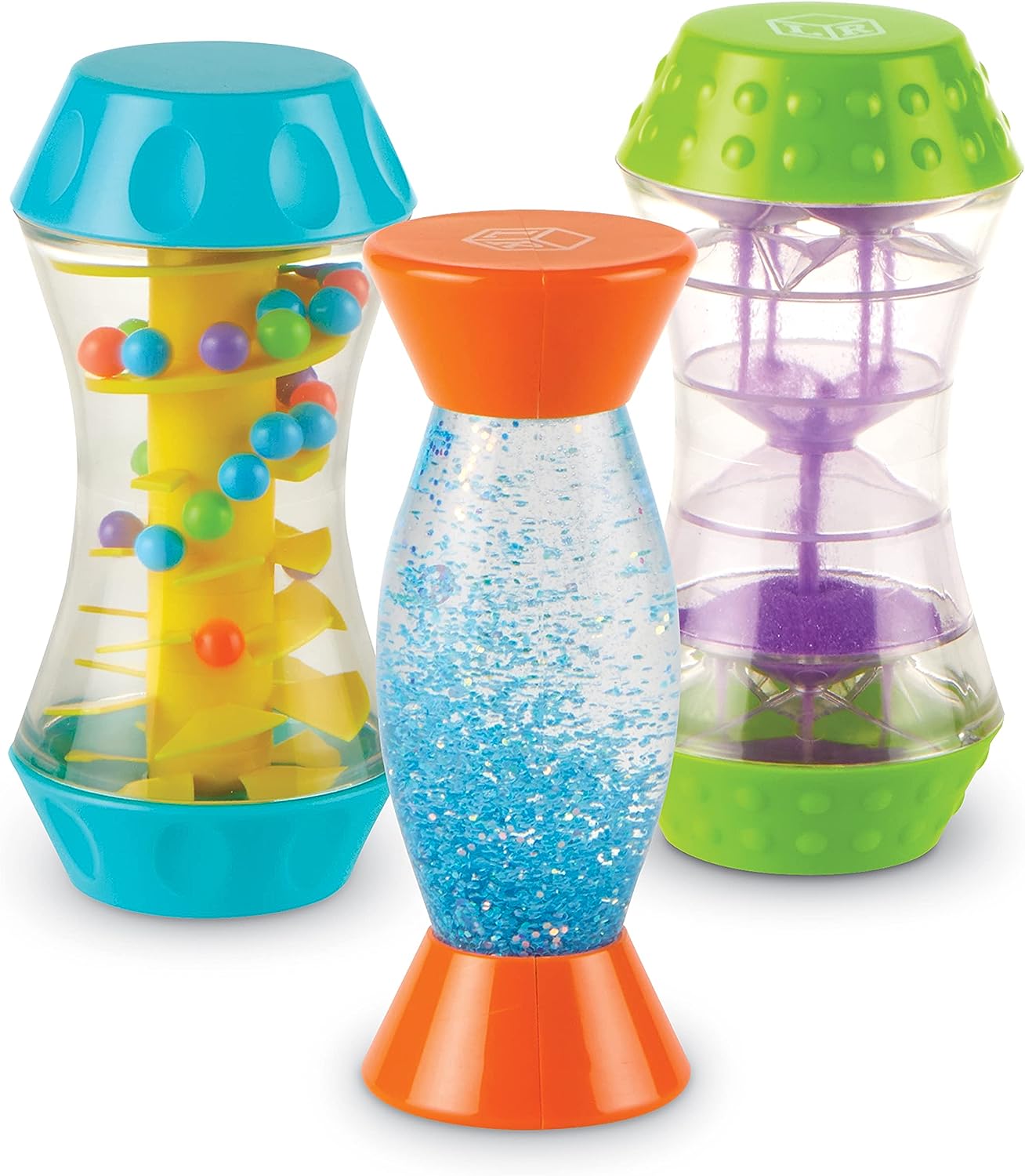
Amazon
Learning Resources Sensory Trio Fidget Tubes
